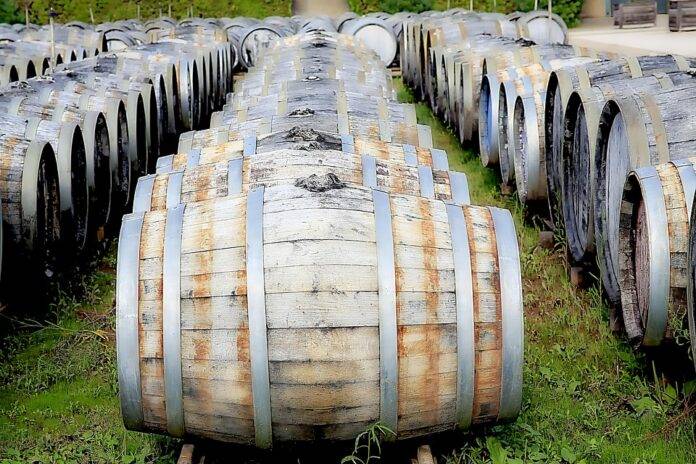Introduction
French oak barrels are highly sought after by winemakers around the world for their ability to impart unique flavors and aromas to wine. However, using French oak barrels can be costly, and winemakers must carefully balance the cost with the performance to ensure a high-quality product while remaining financially viable. In this report, we will explore what winemakers must do to achieve this balance effectively.
Understanding the Cost of French Oak
Cost Factors
The cost of French oak barrels can vary depending on several factors, including the quality of the wood, the cooperage where the barrels are made, and the size of the barrels. High-quality French oak barrels can cost anywhere from $800 to $1,200 each, making them a significant investment for winemakers.
Annual Expenses
For winemakers who choose to use French oak barrels, the annual expenses can add up quickly. On average, a winery may spend anywhere from $10,000 to $50,000 on French oak barrels each year, depending on the size of the operation and the volume of wine produced.
Maximizing Performance
Barrel Selection
One way winemakers can balance cost and performance is by carefully selecting the type of French oak barrels they use. Different coopers offer barrels with varying levels of toast, which can impact the flavors and aromas imparted to the wine. By selecting barrels that align with the desired flavor profile of the wine, winemakers can maximize the performance of the barrels.
Barrel Maintenance
Proper barrel maintenance is essential for ensuring the longevity and performance of French oak barrels. Winemakers must regularly inspect their barrels for leaks, clean them thoroughly between uses, and store them in a cool, humid environment to prevent drying out. By investing time and resources into barrel maintenance, winemakers can extend the lifespan of their barrels and maximize their performance.
Alternative Aging Methods
Oak Alternatives
In recent years, winemakers have begun exploring alternative aging methods to achieve similar flavor profiles to French oak barrels at a lower cost. Oak alternatives, such as oak chips, staves, and cubes, can be added to stainless steel tanks or concrete vessels during aging to impart oak flavors to the wine. While these alternatives may not offer the same complexity as French oak barrels, they can be a cost-effective option for winemakers looking to balance cost and performance.
Hybrid Aging
Some winemakers have adopted a hybrid aging approach, using a combination of French oak barrels and oak alternatives to achieve the desired flavor profile in their wines. By supplementing their barrel aging with oak alternatives, winemakers can reduce their overall costs while still benefiting from the unique characteristics of French oak.
Industry Insights
Market Trends
The demand for French oak barrels in the wine industry remains strong, with many winemakers willing to invest in high-quality barrels to enhance the flavor and complexity of their wines. However, as production costs continue to rise, winemakers are exploring alternative aging methods to achieve similar results at a lower cost.
Financial Considerations
For wineries operating on tight budgets, balancing the cost and performance of French oak barrels is crucial for remaining competitive in the market. By carefully managing expenses, exploring alternative aging methods, and optimizing barrel usage, winemakers can achieve a high-quality product while staying within budget constraints.
Conclusion
In conclusion, winemakers must carefully consider the cost and performance of French oak barrels to ensure a high-quality product while remaining financially viable. By selecting the right barrels, investing in proper maintenance, and exploring alternative aging methods, winemakers can achieve a balance that meets both their production goals and budget constraints. As the wine industry continues to evolve, winemakers must remain adaptable and open to new approaches to aging in order to stay competitive in the market.




